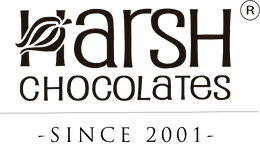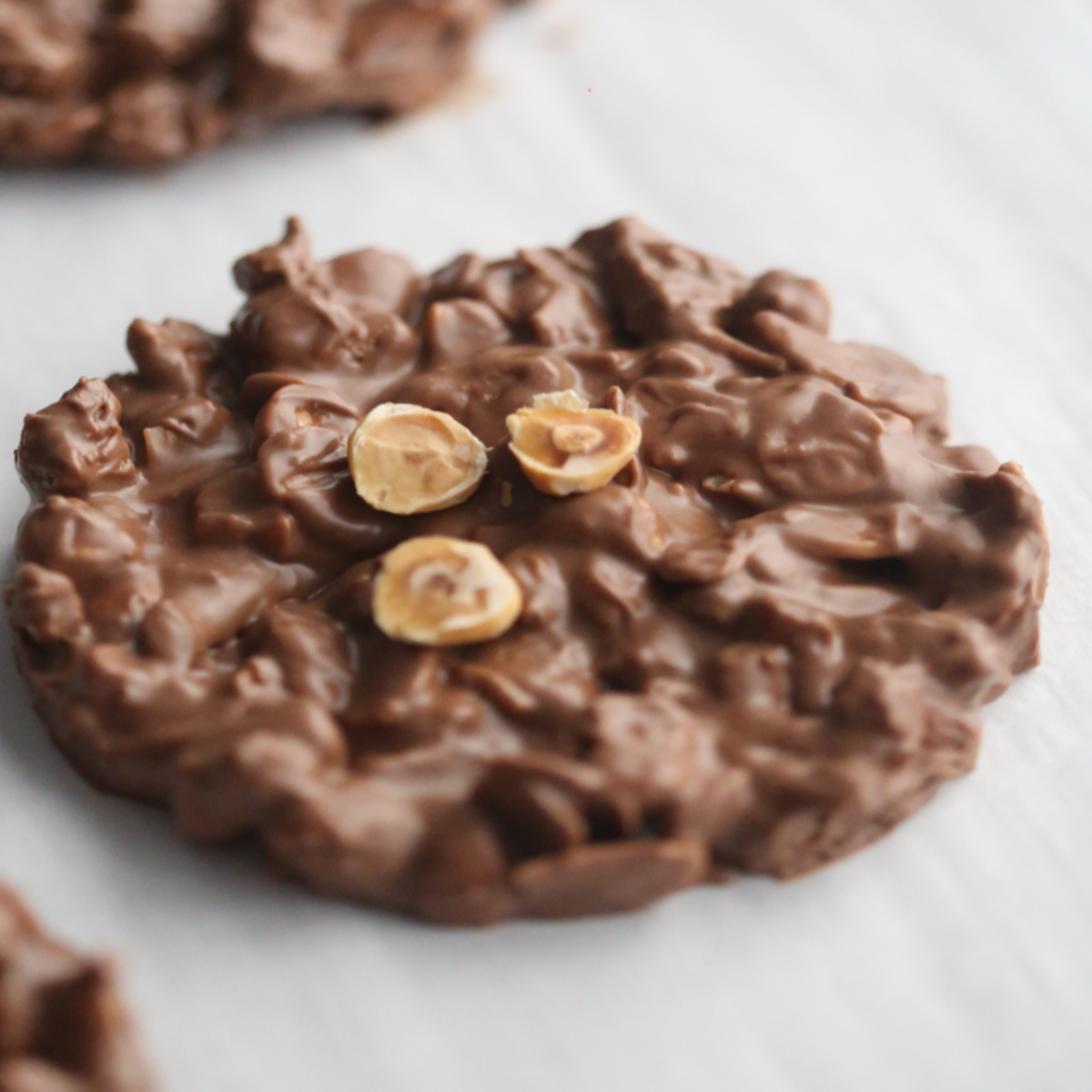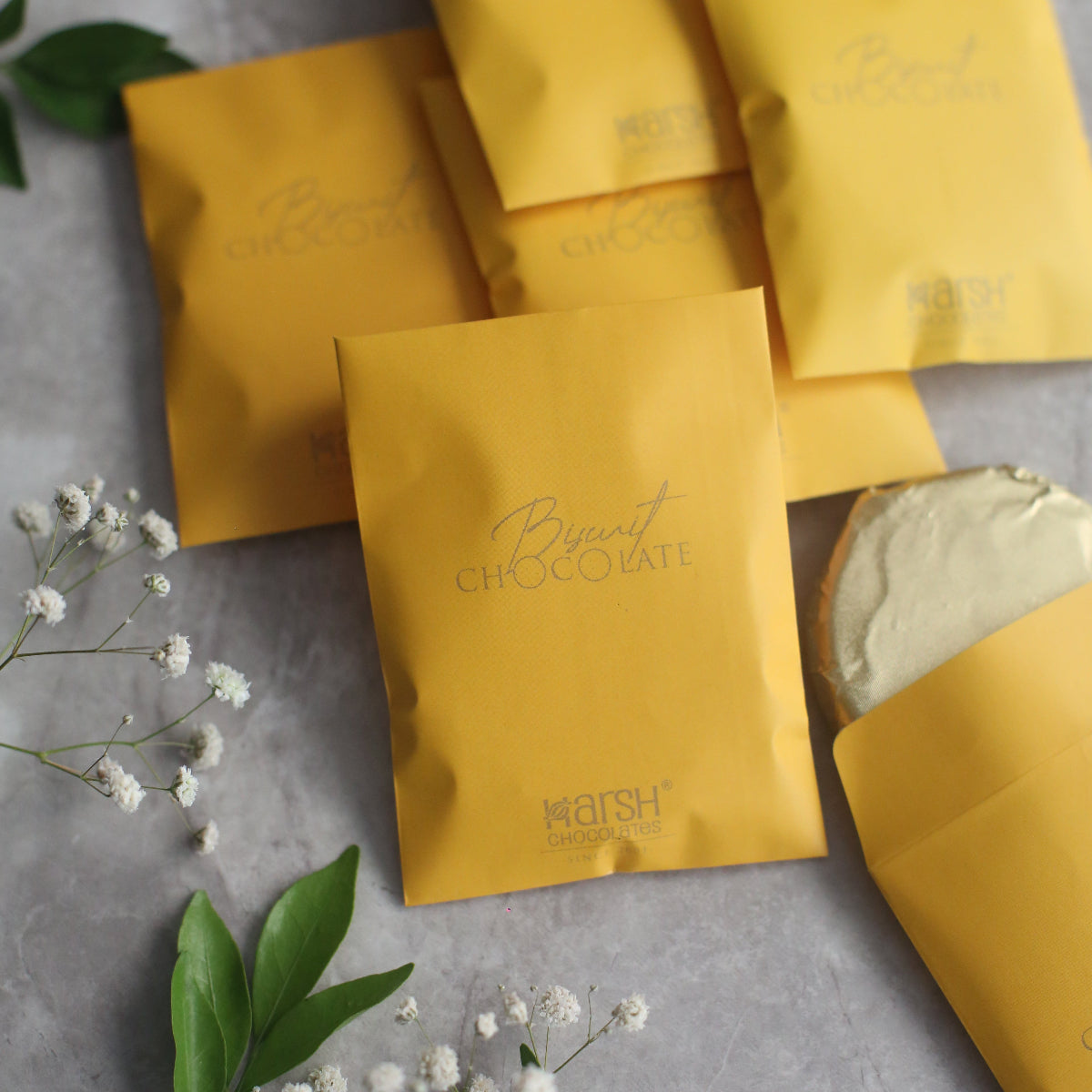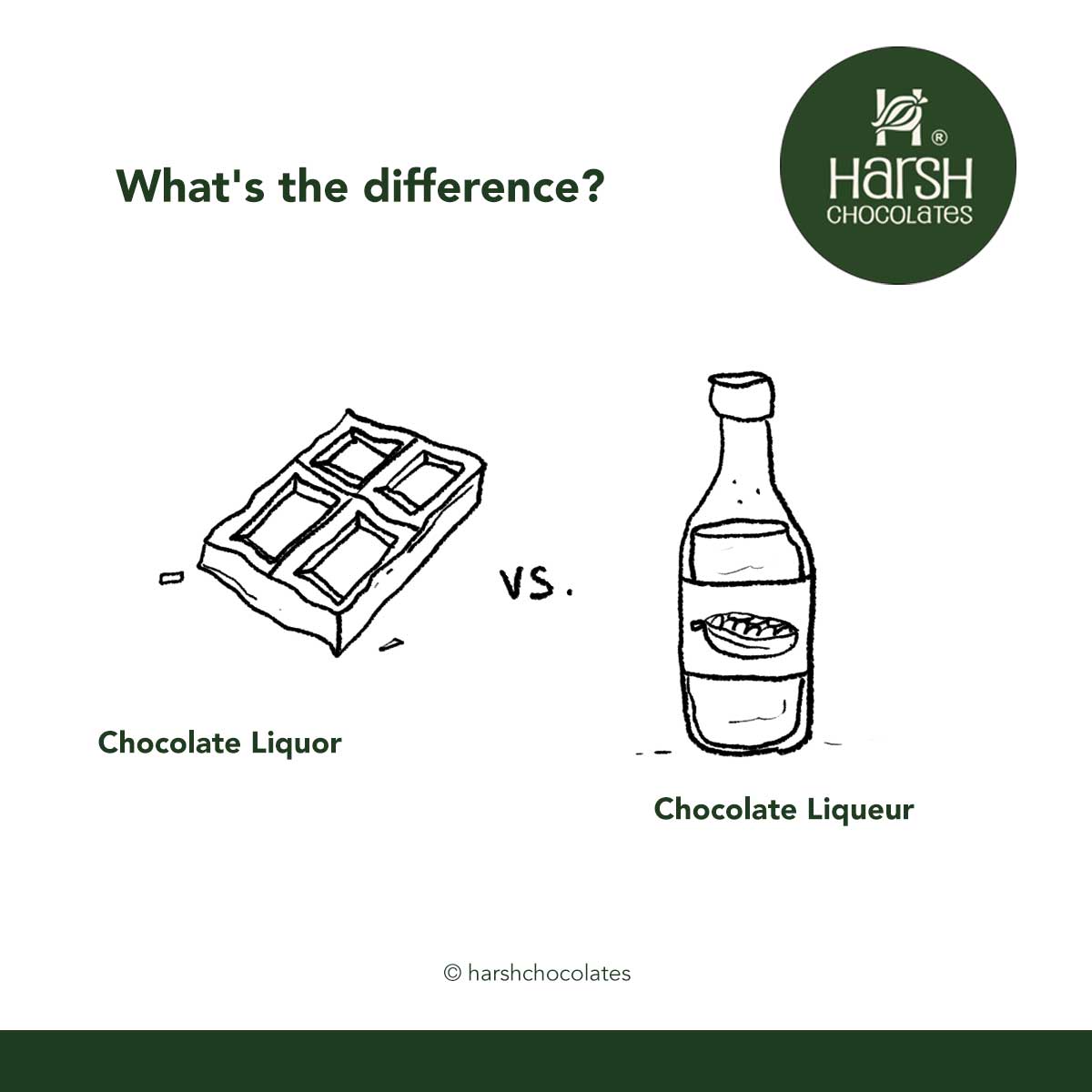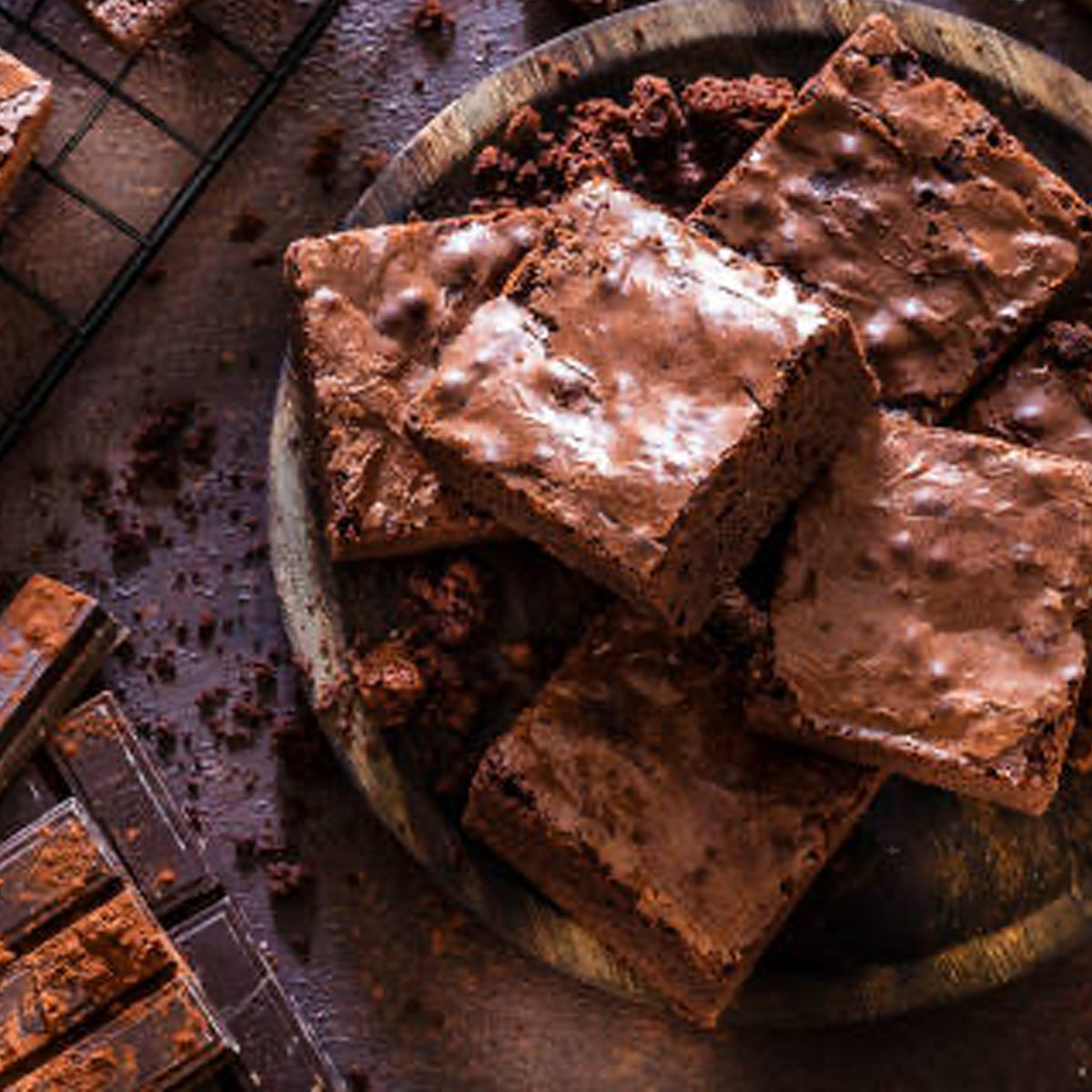For years, white chocolate has been dismissed as an impostor—too sweet, too fatty, and lacking the rich cocoa flavors that define dark and milk chocolate. Some skeptics even argue, “Is white chocolate even real chocolate?” The answer lies in its ingredients and production process. While it doesn’t contain cocoa solids (which give chocolate its deep color and flavor), white chocolate is made from cocoa butter—the prized fat extracted from cocoa beans. And when crafted with care, it can be just as indulgent, complex, and delicious as its darker counterparts.
What Exactly Is White Chocolate?
White chocolate is made from three main ingredients: cocoa butter, milk solids, and sugar. Unlike milk or dark chocolate, it doesn’t contain cocoa nibs—the part of the cacao bean responsible for the deep, chocolatey flavor. Instead, it relies on the velvety richness of cocoa butter, which gives white chocolate its smooth texture and luxurious mouthfeel.
To be legally classified as white chocolate, it must contain at least 20% cocoa butter, as per FDA regulations. However, many commercial brands use palm oil and other fillers to cut costs, reducing the quality and flavor of the chocolate. That’s why true chocolate connoisseurs seek out pure white chocolate made with high-quality cocoa butter—a creamy, melt-in-your-mouth delight.
The Rise of Craft White Chocolate
White chocolate has long been overshadowed by dark and milk chocolate, but the craft chocolate movement is changing that. Artisanal chocolatiers are now creating innovative white chocolate bars that highlight its delicate, buttery nature. By using non-deodorized cocoa butter (which retains more of its natural cocoa aroma) and incorporating unexpected flavors, they’re proving that white chocolate is anything but boring.
Some of the most exciting white chocolate creations include:
-
Mango, chile, and lime – a tropical explosion of sweet, spicy, and tangy flavors
-
Rosemary and sea salt – balancing sweet creaminess with savory depth
-
Turmeric and pomegranate – a bold fusion of spice and fruit
-
Matcha and black sesame – inspired by Japanese flavors
How to Find Quality White Chocolate
Want to experience white chocolate at its best? Here’s what to look for:
-
Check the ingredients – It should list cocoa butter, milk solids, sugar, and possibly vanilla or lecithin. Avoid brands that use vegetable oils or artificial additives.
-
Look at the color – High-quality white chocolate has a slight yellow tint (thanks to natural cocoa butter). If it’s bright white, it’s likely been bleached and deodorized.
-
Go for bean-to-bar or craft brands – Specialty chocolate makers prioritize purity and flavor over mass production.
Harsh Chocolates: Elevating White Chocolate
At Harsh Chocolates, we believe that white chocolate deserves more love. That’s why we craft our white chocolate using pure cocoa butter, high-quality milk solids, and just the right amount of sweetness—no fillers, no artificial flavors, just pure indulgence. Whether you’re a long-time white chocolate fan or a skeptic ready to be converted, our handcrafted white chocolate bars will change the way you see (and taste) white chocolate forever.
